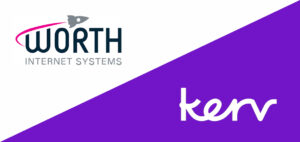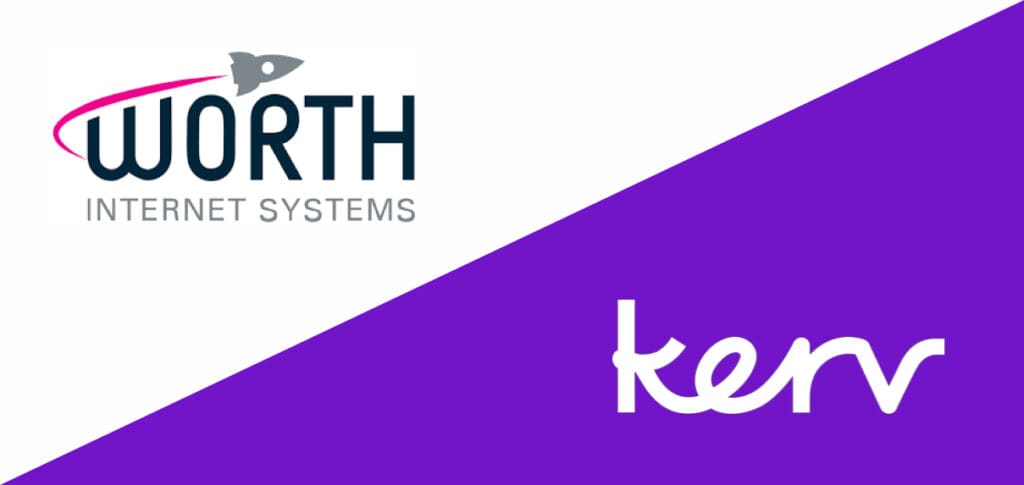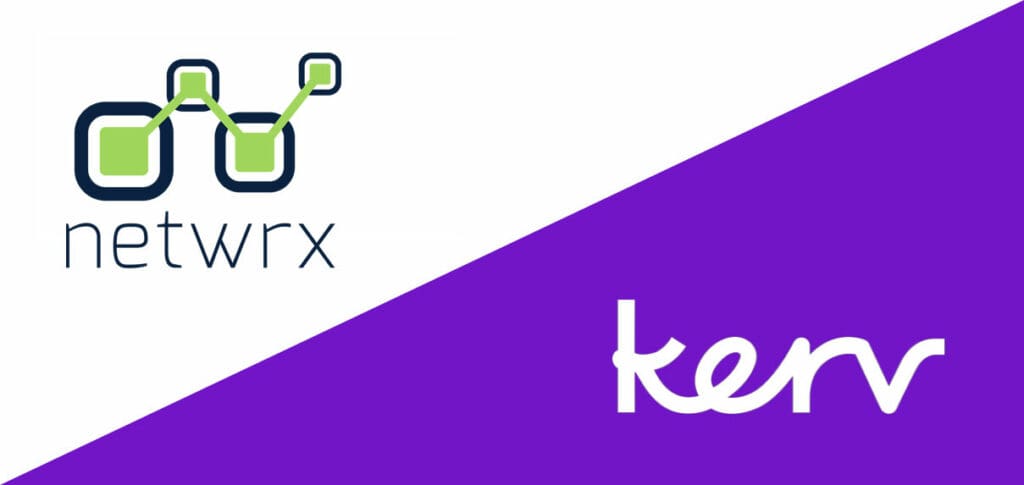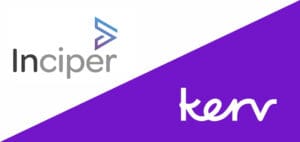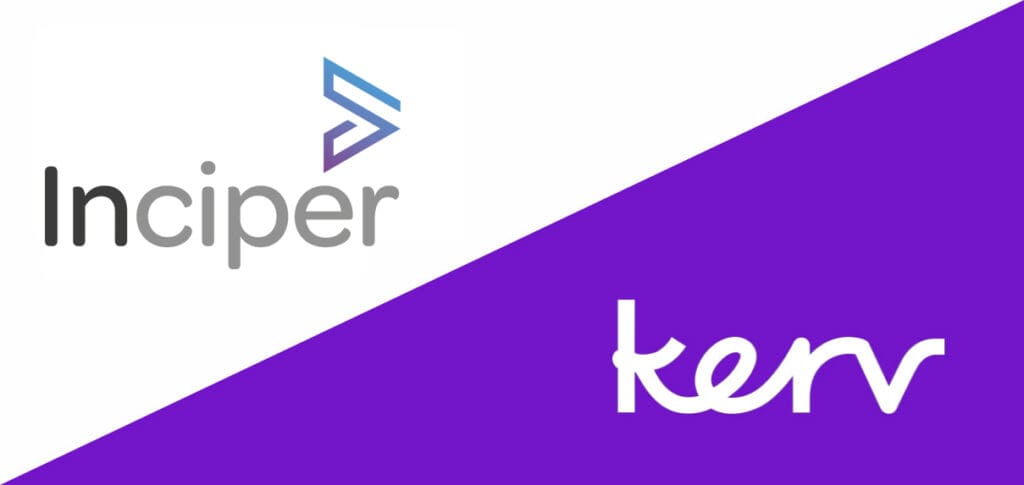
Robert Meehan
Chief Marketing Officer|
Have a question?
Get in touchPublished 06/07/22 under:
Machine Learning, AI, Data Science, Deep Learning; there’s a lot of complicated jargon out there but also an equal amount of Fear Of Missing Out.
What Is Predictive Science And Why Is It Called ‘Predictive Science’?
There are many buzzwords around data services in IT at the moment, such as Artificial Intelligence, Machine Learning, Data Science, Predictive Analytics, Big Data – everyone seems to be saying that you need these in order to keep up with the competition.
It can be quite overwhelming trying to define where to start, and how to separate facts from the hype.
All of these buzzwords are centred around one general concept: using statistics and algorithms to make decisions and predictions based on data, automatically.
The volume of data being generated has increased tremendously, and the number of products and frameworks to create value from data have matured with it. This means that now is probably the best opportunity and time to see how you can leverage your data in order to gain an insight into your customers or your organisation, through the data you hold.
The technology can only get you so far – you need a combination of human insight and software to turn old spreadsheets and databases into something worthwhile.
The principle is the same across all projects, from Prescriptive Analytics (using descriptive statistics to understand data in an interactive way- so for charities, you could begin to analyse the data in relation to your donors; when they joined, who has left, is there a trend of increase/decrease in donors, and then begin to explore why they left etc), right through to cognitive services (like Alexa, or helpful chatbots on your organisation’s page where you can solve problems in many different areas (giving donations, memberships etc).
This is why we like to think about the whole area as ‘Predictive Science’ and from these few examples, hopefully you can see the benefit and positive impact that these aspects can bring.
It’s important to think of Predictive Science solutions in the context of augmenting human ingenuity rather than replacing it.
Now there’s some food for thought.
Technology these days is created to help complete tasks more efficiently and for Not-for-Profit organisations, this could prove beneficial.
By automating certain tasks, more time will be able to be spent on jobs such as event planning, acting upon supporter feedback, and much more.
To keep it realistic, even the best algorithms will only give you the correct answer 85 – 90% of the time- yes that’s still quite high but it’s not 100%.
An example can be based on chatbots; when an enquiry is too complicated for the algorithm to suggest an appropriate answer, it will be passed over to a human to deal with so that the correct outcome can be achieved.
Predictive Science Tooling and Microsoft
I recently demonstrated many different solutions from Microsoft Azure at an event and the three that I want to focus on today are Azure Notebooks, the link into Dynamics and Power BI, and the cognitive services:
- Azure Notebooks: This provides a collaborative environment for data analysts or scientists to explore and collaborate on data projects. For Not-for-Profits, this could be related to planning events and sharing insights with other branches of your organisation around the country, with the ability to edit in real-time.
- Link into Dynamics & Power BI: The Dynamics 365-Data Export Service is a free add-on service on Microsoft AppSource that synchronises Microsoft Dynamics 365 (online) data to a Microsoft Azure SQL Database store in a customer-owned Microsoft Azure subscription. The supported target destinations are Microsoft Azure SQL Database and Microsoft SQL Server on Microsoft Azure virtual machines. The Data Export Service synchronises the entire Dynamics 365 data initially and thereafter synchronises delta changes on a continuous basis as they occur in the Microsoft Dynamics 365 (online) system. Once the data is in your SQL instance, you can then connect that to your preferred BI solution to calculate KVMs, generate segments and slice and dice your database.
- Cognitive Services: Suite of API tools to take advantage of best in class pre-built models for various scenarios. One example that would be most useful for the Not-for-Profit sector, would be the use of chatbots. As mentioned earlier, these chatbots are not built to ‘replace humans’ but to make processes more efficient, leaving more time to focus on other tasks that require a human touch. Another positive of chatbots would mean that customer service would be available 24/7 and therefore consumers would feel valued and listened to if their enquiry is dealt with as soon as possible.
Build or Buy?
The biggest change to this domain over recent years has been the proliferation of SaaS companies offering pre-built, end-to-end solutions for specific sectors, with Predictive Science at the heart of their offering.
This provides a new dilemma for organisations wanting to make use of this technology.
Do you buy the solution pre-made from a vendor or do you build your own solution from scratch?
There are pros and cons to either approach.
Buying can significantly reduce the time and effort required to generate ROI but may involve a massive up-front investment, which could make it a much harder sell to stakeholders.
On the other hand, building in-house will mean your organisation has full ownership of all the insights generated through the development process (rather than these merely enriching your vendor’s offering for other clients!) but resourcing such a project could also involve significant expense.
The third option would be to get in touch with Kerv Digital as a partner for a project.
We have deep experience in the field, and we know the frameworks, techniques and tooling needed to mitigate the risks and start delivering value early.
With us, you will get all the benefits of building (owning all the infrastructure and insights), plus all the benefits of buying (bespoke, best in class software), without the negatives of either option.
Another option for building if you don’t have all the staff required, could be to use our Team as a Service, where we would ‘give’ you the staff and expertise that you need in order to create the bespoke tooling to fit your organisation’s needs.
So, to conclude this blog, we need to remember five simple things:
- Predictive Science isn’t magic
- Predictive Science doesn’t have to cost the Earth
- It won’t take over the world and cost employees their jobs
- It is there to enhance human ingenuity and aid in efficiency
- Microsoft is a great place to do it!
Have a question?
"*" indicates required fields

